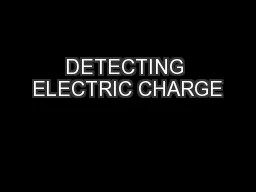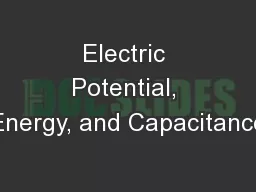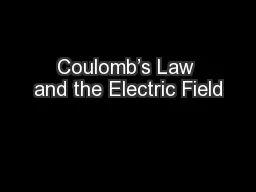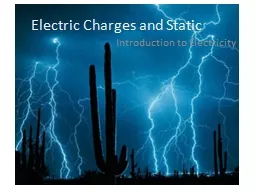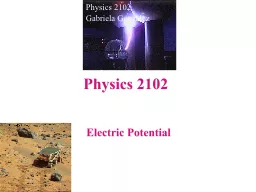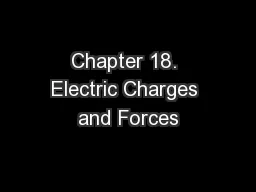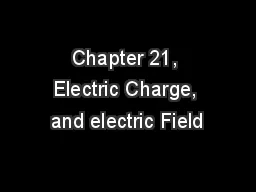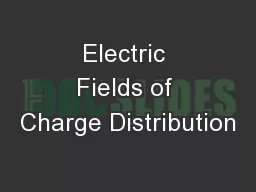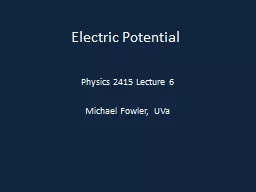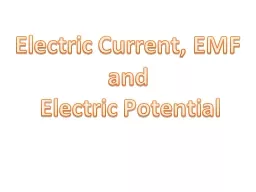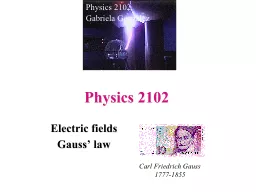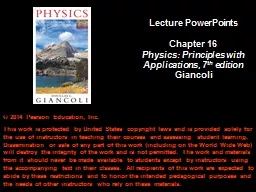PPT-DETECTING ELECTRIC CHARGE
Author : conchita-marotz | Published Date : 2017-03-29
KEY TERMS Electroscope Induced charge separation Grounding Induction Learning Goals To understand how to tell if a metal leaf electroscope is charged To learn what
Presentation Embed Code
Download Presentation
Download Presentation The PPT/PDF document "DETECTING ELECTRIC CHARGE" is the property of its rightful owner. Permission is granted to download and print the materials on this website for personal, non-commercial use only, and to display it on your personal computer provided you do not modify the materials and that you retain all copyright notices contained in the materials. By downloading content from our website, you accept the terms of this agreement.
DETECTING ELECTRIC CHARGE: Transcript
Download Rules Of Document
"DETECTING ELECTRIC CHARGE"The content belongs to its owner. You may download and print it for personal use, without modification, and keep all copyright notices. By downloading, you agree to these terms.
Related Documents

